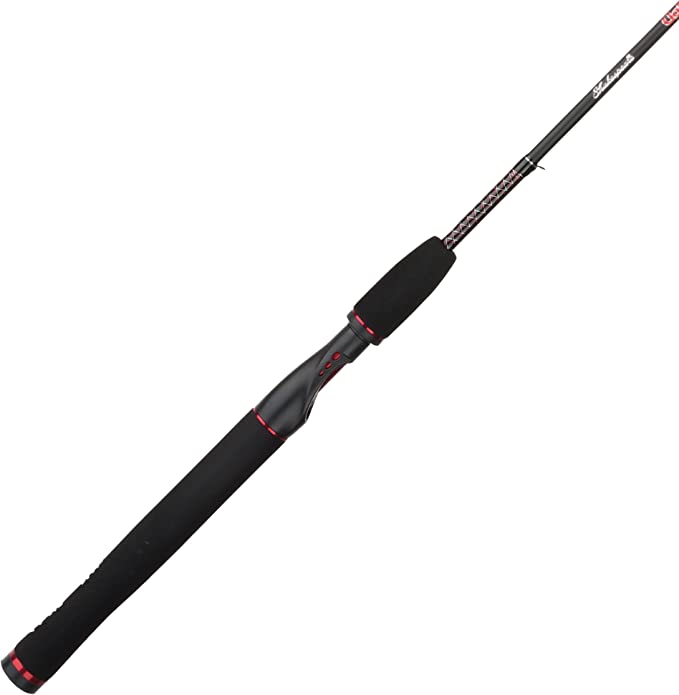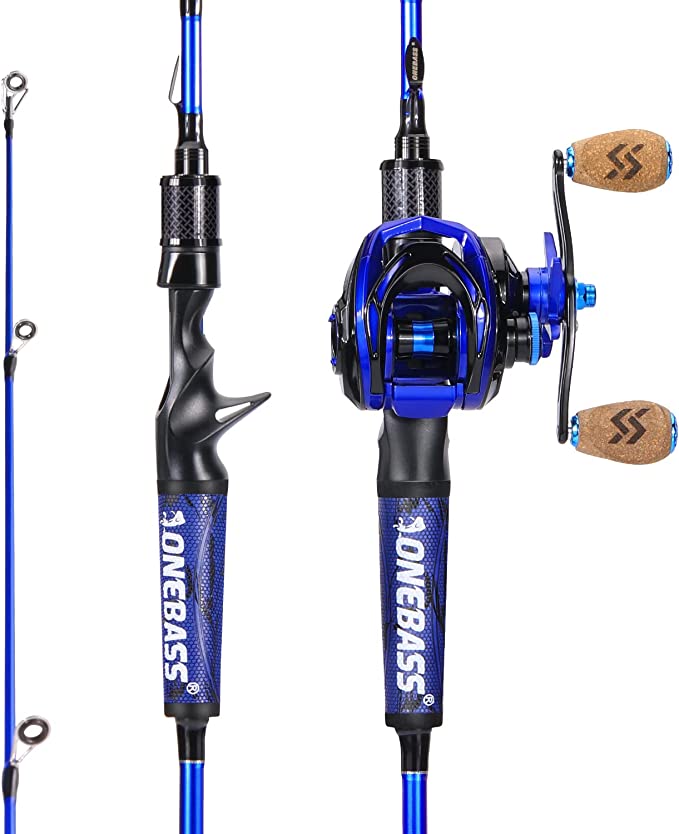The Physics of Virus Capture: Engineering Safe Water with General Ecology
Update on Nov. 18, 2025, 8:18 p.m.
In the taxonomy of backcountry hazards, the most dangerous threats are invisible. While hikers worry about bears or cliffs, the statistical reality is that a microscopic pathogen in a crystal-clear stream is far more likely to end a trip.
Most outdoor enthusiasts carry a “water filter.” However, in the rigorous language of microbiology, there is a critical distinction between a Filter and a Purifier. A filter removes bacteria (like E. coli) and protozoa (like Giardia). A purifier must also remove Viruses (like Hepatitis A and Norovirus).
The General Ecology First Need XLE Elite belongs to this elite latter category. It does not rely on chemicals, UV light, or boiling. Instead, it employs a sophisticated physical-chemical mechanism known as Structured Matrix™ technology to capture pathogens that are physically smaller than the filter’s pore size. To understand how this is possible, we must delve into the physics of electrostatic adsorption.

The Scale of the Enemy: Bacteria vs. Viruses
To appreciate the engineering challenge, we must visualize the scale. * Protozoa: 10–50 microns. Huge tanks. Easily stopped by simple screens. * Bacteria: 0.5–5 microns. The size of a small car. Stopped by 0.2-micron hollow fiber membranes. * Viruses: 0.02–0.1 microns. The size of a marble. These pass effortlessly through standard microfilters.
Standard mechanical filtration relies on “sieving”—if the particle is bigger than the hole, it gets stuck. By this logic, a 0.4-micron filter (like the First Need) should fail against a 0.02-micron virus. Yet, it is EPA-certified to remove them. How?
Structured Matrix: The “Sticky” Labyrinth
The answer lies in Electrostatic Adsorption (Zeta Potential).
The Structured Matrix is not just a sieve; it is a chemically active labyrinth. The matrix material is engineered to carry a specific positive molecular charge. Most waterborne pathogens, including viruses and bacteria, naturally carry a negative surface charge in water (due to the ionization of surface groups).
- The Magnet Effect: As water flows through the tortuous path of the matrix, viruses are not just blocked physically; they are pulled out of suspension by electrostatic attraction. They “stick” to the walls of the filter media like iron filings to a magnet.
- Chemical Adsorption: Additionally, the matrix incorporates advanced activated carbon and other proprietary absorbents. These capture dissolved organic contaminants (pesticides, herbicides) and heavy metals through molecular bonding, addressing chemical threats that mechanical filters ignore.
The EPA Guide Standard: The Gold Standard
Claims in the outdoor industry are often unregulated. However, the term “Purifier” is strictly defined by the EPA Guide Standard and Protocol for Testing Microbiological Water Purifiers.
To earn this title, a device must demonstrate:
* 99.9999% (6-log) removal of Bacteria
* 99.99% (4-log) removal of Viruses
* 99.9% (3-log) removal of Protozoa
The First Need XLE Elite is independently certified to meet this standard. This certification provides a level of biological security that “99.9% bacteria filters” cannot match, particularly for international travel where viral contamination from human sewage is a higher risk than in pristine alpine environments.
Mechanical Integrity: The Integrity Test
A unique feature of the First Need system is the Self-Test Capability. Any mechanical filter can fail if dropped (cracking the internal matrix). Most users would never know until they got sick.
General Ecology includes a “Blue Dye Test.” The dye molecules mimic the size and behavior of organic contaminants. If you pump dyed water through the unit and it comes out clear, the matrix is intact. If it comes out blue, the unit is compromised. This simple visual validation is a critical safety feature for long-term expeditions.
Conclusion: Physics over Chemistry
Chemical treatments (iodine, chlorine) take time—often 30 minutes to 4 hours—to kill viruses, and they taste terrible. UV lights require batteries and clear water to work.
The General Ecology First Need XLE Elite proves that physics is faster and tastier than chemistry. By leveraging the tortuosity of the pore structure and the electro-kinetic properties of the matrix, it strips water of its biological and chemical loads instantly. It is not the lightest option on the market, but for those who understand the biology of viral threats, it is the heavyweight champion of safety.




















